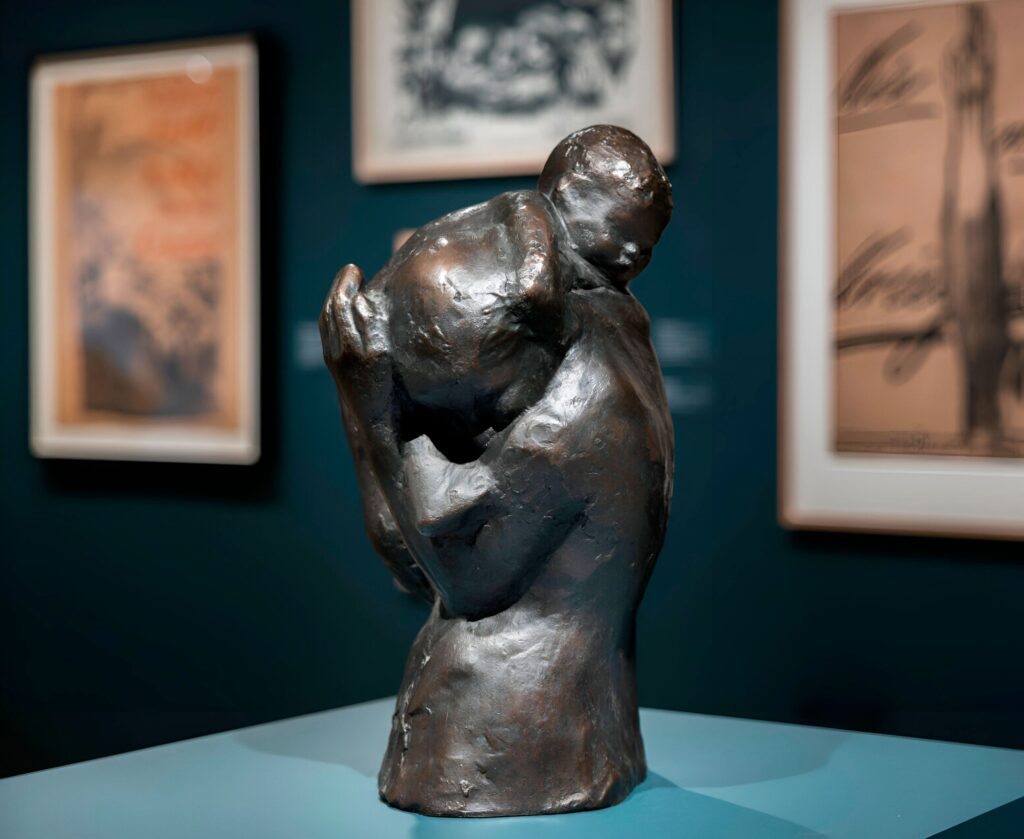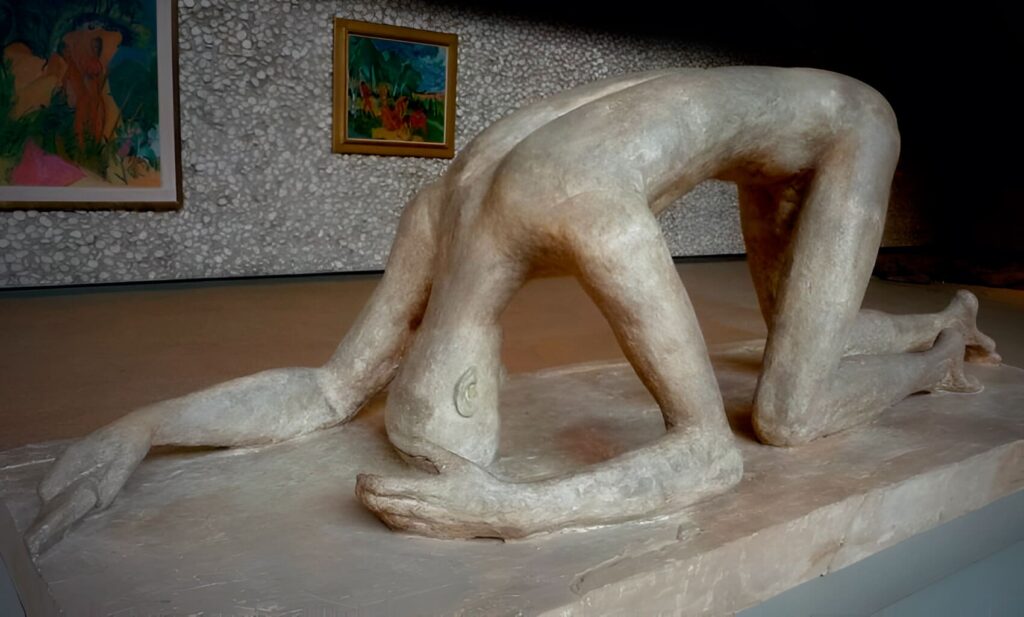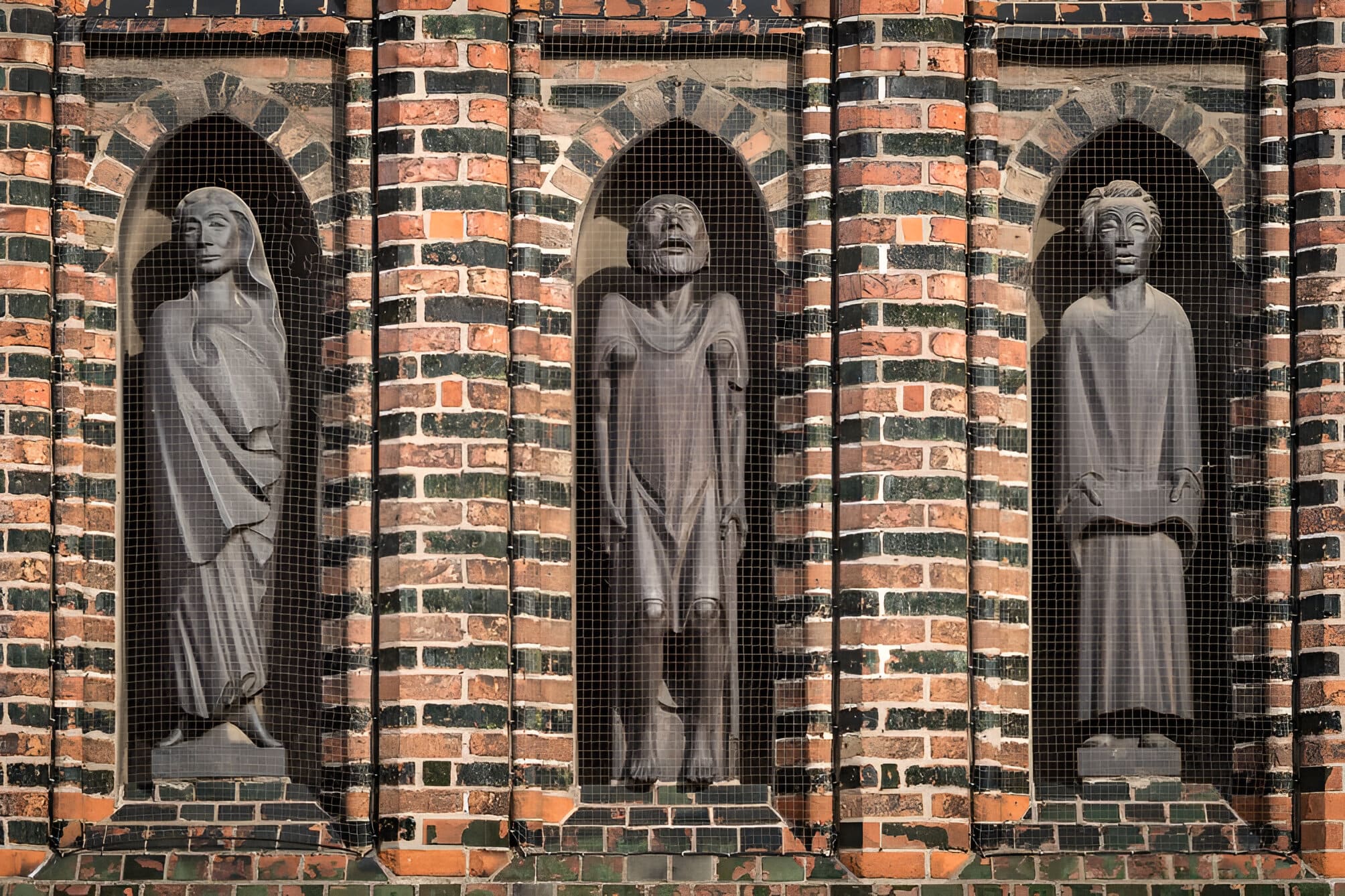What is Expressionism in Sculpture?
Expressionism is an artistic movement that emerged in the early twentieth century and had a great impact on sculpture. It is distinguished by the exaggeration of forms, the way emotions are intensely manifested and the rejection of classical realism. In sculpture, expressionism did not seek aesthetic precision, but to convey feelings of anguish, despair, suffering or negative energies through figures with a strong dynamism and transformed. This movement, which is strongly rooted in modern art, is also connected with other avant-garde artistic movements, still influencing the fine arts today. Its evolution has allowed great works of expressionist art to be key pieces in many museums and galleries around the world.
Main Features of Expressionist Sculpture
Exaggeration of shapes
Expressionist sculptures stand out for their modification or alteration of the structure of the human or animal figure to enhance, above all, its emotional charge. They tend to break with all conventional proportions, keeping all the emphasis on the physical features that reflect deep emotional states, as well as the artistic expression of each sculptor. This technique is largely influenced by symbolism and the need to intensely express emotions through shapes or volume.
Movement and dynamism
Unlike classical sculpture, which tends to prioritize aesthetic and static figures, expressionism gives its sculptures a great sense of movement. If you fix your attention on these, you will notice how the bodies seem to be in a great tension, transmitting all that charge of energy and drama, reflecting a moment of their daily life or the emotional impact that revolves in a social environment. Many of these works of art seek to convey messages about the mediocrity of the human condition or the mood of the sculptor or artist.
Rough and embossed surfaces
The expressionist movement, unlike classical sculpture, avoids any kind of polished or symmetrical surface. On the contrary, rough and marked finishes are sought that enhance that aspect and sensation of negativity and rawness, providing a very emotive form of artistic expression. These sculptures, which were often inspired by other artistic movements of the time, have caused a great change in the perception of sculpture as a discipline, opening the way to new ways of representing art in sculptures.
Materials used
Expressionist sculptors generally work in bronze, stone or wood, although other elements are not discarded. The texture and the capacity of transformation of the material often play a crucial role in the construction of each work of art, as it contributes to the evolution of the plastic arts and the development of new sculptural techniques.
Main Expressionist Sculptors
Within expressionism we can find great artists. Through varied styles, elongated figures, rough surfaces, compositions full of tension, they have managed to mark a before and after in the history of modern sculpture. Here are five of the most influential sculptors of expressionism:
Ernst Barlach (1870-1938)
He is considered a fundamental pillar of sculptural expressionism.Barlach stood out for creating human figures with postures focused on the inner look towards acts and moods, reflecting faces full of pain and reflection. His most recognized work was “The Beggar”, which symbolizes the misery and fragility of the human being, reflecting a poor beggar holding himself on crutches. His sober and very heartbreaking style has led him to become a key reference within the expressionist movement.
Käthe Kollwitz (1867-1945)
Although his legacy was centered on engraving and drawing, Kollwitz also stood out for his important contribution to expressionist sculpture. He prioritized three-dimensional works that cruelly conveyed the suffering of war and the social injustice of the time. His sculptures reflect the pain of mothers and war victims. A remarkable piece is “Made with her dead son” a symbol of mourning and loss.

Wilhelm Lehmbruck (1881-1919)
Wilhelm Lehmbruck stood out for his exploration between melancholy and existential anguish thanks to his stylized and elongated figures. His work “The Fallen Man” is one of his most striking pieces, which reflects the desperation and fragility of individuals in the face of adversity. He also left a notorious mark by the use of the human figure and form as a means of emotional expression that has endured until modern sculpture.

Georg Kolbe (1877-1947)
Kolbe, through his more dynamic approach, combined bodily tension with a strong and impactful inward expression. With his sculpture “The Walking Spirit” he signaled the ability to capture the moment and emotion through a single figure. He became one of the most prolific sculptors of the 20th century, and his style has influenced subsequent generations.
Rudolf Belling (1886-1972)
Rudolf Belling presented a much more abstract vision in expressionist sculpture, experimenting with geometric shapes and more unusual volumes than other artists.In his sculpture “Head in Bronze” we can clearly identify how he seeks the antithesis between emotion and abstraction. He was part of the expressionist movement and also approached avant-garde currents of the twentieth century.
Techniques and Process of Creation in Expressionist Sculpture
Modeling and carving with emphasis on emotion
The sculptors of the expressionist movement prioritized emotion over the classical technique that sought to emphasize beauty. Instead of seeking a flawless or aesthetic finish, they employed tools that left visible marks and reinforced the sense of intensity in three-dimensional sculpture. This allowed sculpture to take new directions within the avant-garde movement.
Use of bronze and wood
In expressionism, many sculptors opted for bronze, through the lost wax technique, to achieve textured finishes. However, wood was also very common for its ability to convey drama in composition, with geometric and abstract forms that challenged the traditional representation of the human body itself.
Large format sculpture
Expressionist works have generally been developed on a large scale, especially pieces intended for public spaces. These monumental sculptures have reinforced the emotional connection with the viewer, being part of the urban environment and modern art. There are many public places, fine art galleries and specialized museums where we can see these sculptures.
The Influence of Expressionism on Contemporary Sculpture
Although expressionism was born more than a century ago, the impact it maintains is latent. It is still present in today’s sculpture with contemporary artists who have adopted its emotional approach and freedom in human representation. In addition, rough textures or deformation continues to be a trend in the usual technique of abstract and conceptual sculpture, marking a very innovative point of view in the plastic arts and contributing to the avant-garde movement.
Expressionism, as a sculptural art movement, has been a turning point in the history of art, challenging conventional norms.It prioritizes emotion over traditional aesthetics. Thanks to great expressionist artists, this current has taken a great relevance in the world of sculpture, inspiring new generations. Its legacy reminds us that art is not only aesthetics or perfection, but also a means to capture the real (and sometimes raw) essence of the human condition.
You can see more entries related to artistic movements in sculptures in our blog.

